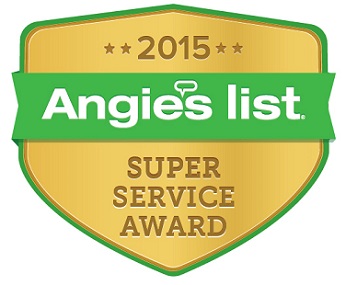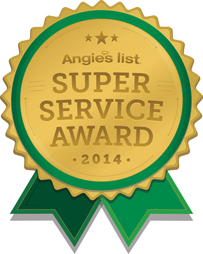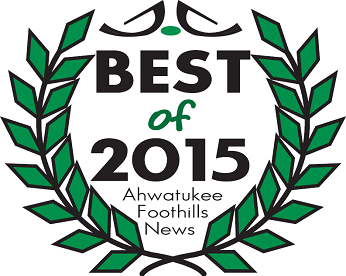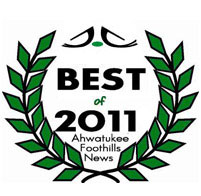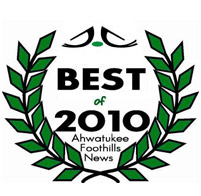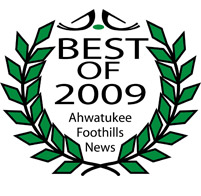The article I have written below address the most common reasons for aggression.
Dogs are pack animals they need to know what their job is and how they fit into your family. Dogs instinctively are driven to know their position. Dominance issues are not typically random or only in one area… it is very important to create a calm stable pack of dogs. This can be done with leadership and guidance. Leadership should start immediately with your house rules. Building a strong trusting relationship with boundaries, leadership and mutual respect will cement the friendship that you desire!
Leaders are calm assertive, and can effectively manage the household. if your dog believes he can do a better job at leading the “pack” he will begin to plot a to take over. You may notice more scuffles between existing dogs in the household, taking items from each other, pushy or bullying type behaviors…if gone unchecked it will lead to other aggression problems like excessive barking, growling at people, rushing the door, snapping, guarding, and more. Dogs do really well with clear guidelines, basic rules and structure.
As a leader it is best for you to assign a pack position to your dog(s) and enforce it. If you do not assign one, they will fight amongst each other, and possibly your children, to establish one. An easy way to do this is to assign position#1 to the dog you have had the longest and then on down the line. Everything goes in this pecking order (baths, nail trims, serving of food, acknowledgment, treats, training, entering and exiting doorways, etc)
For the first few days, watch and learn your new dogs’ signs and signals. Aggressive or assertive signs may include; hackles raised, showing of teeth, growls or stares. For the best results, all corrections must be made at the first sign. Corrections may simply be a touch, a taps, knee bumps, body language, posture, tone, grabbing of the cheeks or just staring them down.. When applying a correction; be assertive, be quick, attach a loud deep tone and then move on. Be ready to repeat a correction if needed as many times as needed to get the desired results.
Tips on easy ways to show leadership…. Have your dog work for your attention. For example; have him sit before petting him or have him sit to get his leash on. Enter and exit through doors first. Touch every part of your dog. Get him use to having you handle him. Touch his feet, ears, teeth, toes, tail. This will also be useful when you need to brush his teeth, or give ear medication or trim his nails. Consider hand feeding your dog a small amount from his bowl before giving him the whole bowl of food.
Safety is a big part of a dogs’ world, so we must make them feel as if we have things under control. When your dog sounds off an alert bark then you should investigate the bark and give a release word like “thank you”. Your dog will know the situation has been properly addressed and there is no danger. If we do not address the situation your dog will escalate and potentially become an excessive barker or worse.









